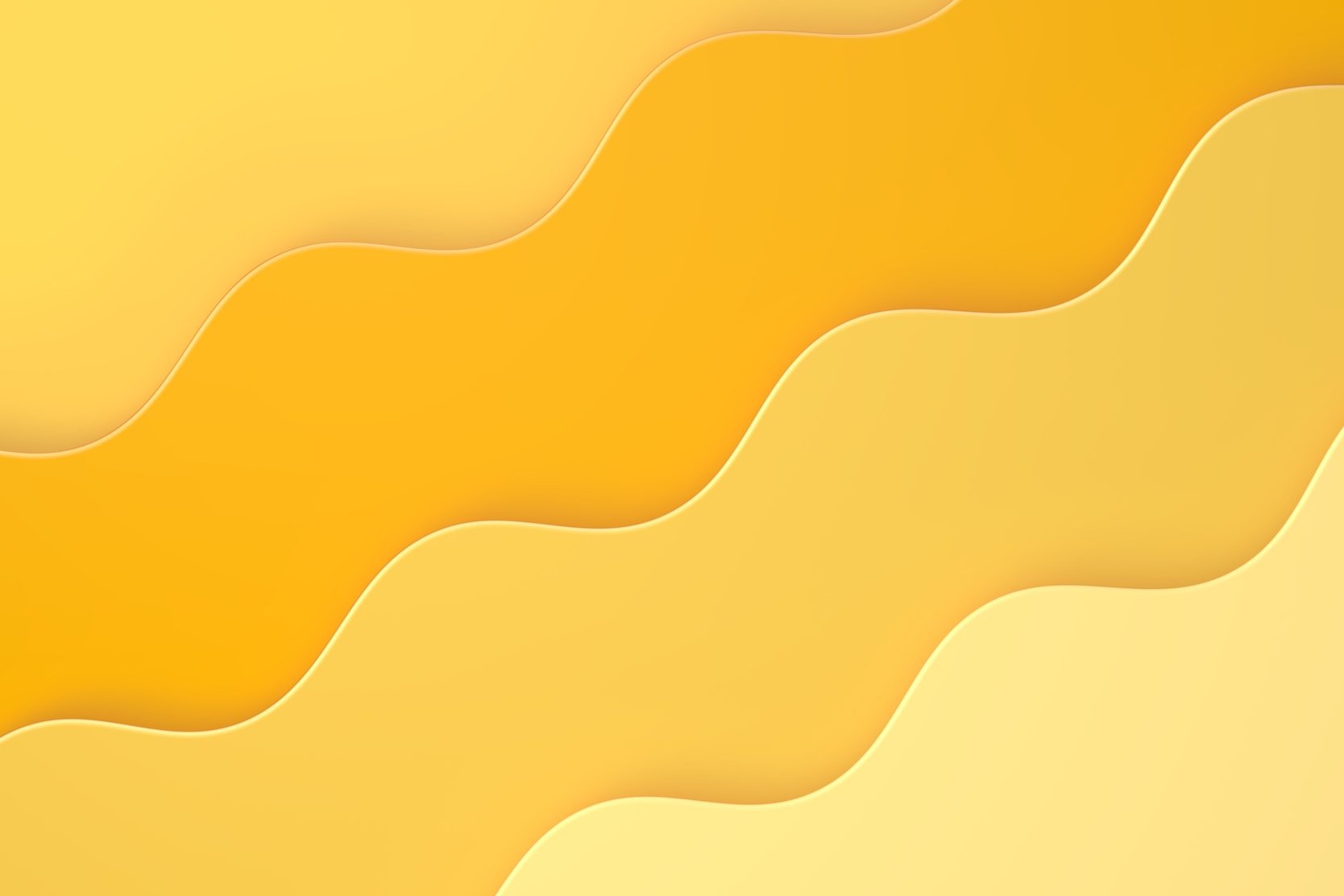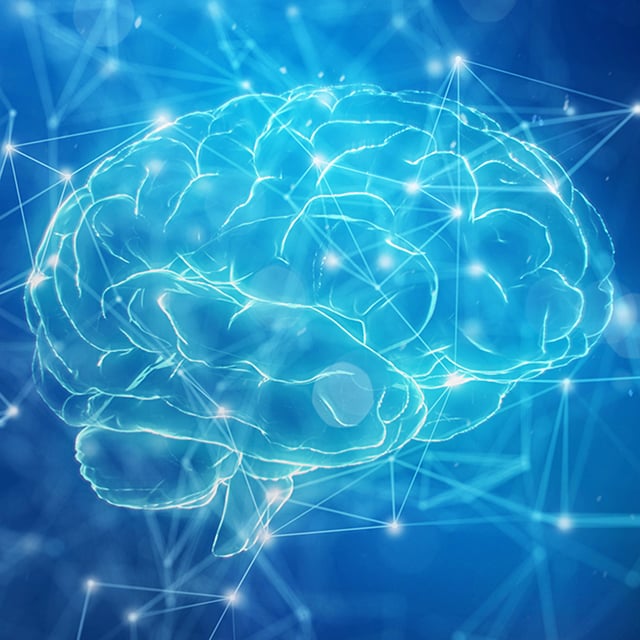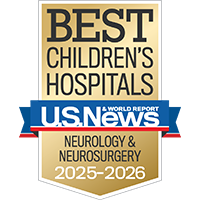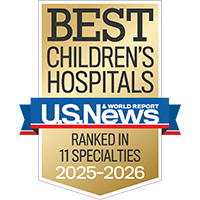Smell the roses
Wander outside into our Butterfly Garden in Oakland and our healing gardens at Mission Bay.


Epilepsy is a brain disorder characterized by repeated seizures. There are many types of epilepsy as well as many types of seizures.
Some types of epilepsy run in families and have been tied to specific genes. Epilepsy can also be caused by:
But in many cases, doctors don't know the cause of a child's epilepsy.
While epilepsy may occur at any age, it typically develops in early childhood. Some children eventually outgrow epilepsy.
The UCSF Pediatric Epilepsy Center of Excellence is dedicated to the comprehensive diagnosis and treatment of infants, children and adolescents with epilepsy. Our pediatric epileptologists (pediatric neurologists with advanced training in epilepsy care) and neurosurgeons are among the nation's leading experts. Our team will work closely with you to identify the types of seizures affecting your child and create the best possible treatment plan.
There are two categories of seizures, generalized and focal, depending on where in the brain the seizure starts. There are different types of seizures within each category. Symptoms depend on the seizure type.
Most children with epilepsy experience more than one type of seizure.
Generalized seizures result from electrical impulses arising from the entire brain. They typically occur without warning. There are six types of generalized seizures:
Focal seizures, also known as partial or local seizures, originate from a smaller area of the brain. There are two main types:
For more information, please see Types of Seizures in Children.
To determine whether your child has epilepsy, a team of doctors and other medical professionals at our Pediatric Epilepsy Center will assess your child's condition and identify the type of seizures they're having. This information is essential to determining the best treatment for your child.
The first step is to document your child's medical history as well as that of the immediate family. We will ask many questions about what occurs when your child has a seizure, such as:
If we've received medical records from your child's primary care doctor, we'll review this information. Be sure to tell the pediatric neurologist about any medications your child takes, including over-the-counter medications, vitamins, nutritional supplements or herbal remedies.
Your child will have a complete neurological examination. We may also run certain tests, such as:
While there's no one definitive treatment for epilepsy, there are many that can reduce or stop seizures. Our epilepsy team will design a treatment plan for your child's specific needs. This plan may include more than one kind of treatment. We may also refer your child to other doctors or other medical professionals.
Most medical treatments involve some risks (potential complications). We will explain risks related to your child's treatments. Feel free to ask questions.
Medication is usually the first treatment recommended for children with epilepsy. There are many anti-seizure (anticonvulsant) medications, and it may take time to find the one that works best for your child.
Your child's neurologist will explain how to take the medication and what side effects may occur. Your child should take it exactly as directed. Never discontinue the medication without consulting your child's neurologist.
Talk with your child's doctor if you have questions about medications or if your child experiences unexpected or troublesome side effects. Our goal is for your child to have no seizures and no side effects, and we may adjust the treatment plan at any time depending on how your child responds.
If the first medication doesn't effectively control your child's seizures or causes disruptive side effects, your child's neurologist may adjust the dosage, try a different medication or add a second medication. Some children require two or three medications to control their seizures; monitoring for side effects while on drug combinations is especially important.
Medication is effective for about 80% of children with epilepsy. If your child continues having seizures while on medications, we may recommend additional testing and other treatments.
If surgery is being considered, we need to pinpoint the location of the seizures. To do this, we may perform the following tests:
Once the evaluation is complete, you and your child's doctor will discuss the surgical options.
In some cases, epilepsy treatment may include implanting a neurostimulation device that sends electrical signals to the brain to stop or reduce seizures. This works similarly to how a pacemaker corrects abnormal heart rhythms.
Several types of implants are used to treat epilepsy.
Vagal nerve stimulation
For this treatment, a device that emits regular electrical pulses is surgically implanted in the armpit or chest and connected to a wire that threads under the skin to wrap around the vagus nerve in the neck. Vagal nerve fibers connect to the area of the brain that scientists believe is responsible for producing seizures.
By sending regular electrical pulses through the vagus nerve to the brain, the device can reduce the frequency and intensity of seizures. It can also be manually activated to potentially interrupt a seizure that's just starting.
Learn more about vagal nerve stimulation.
Deep brain stimulation (DBS)
For this treatment, a surgeon places small electrodes in targeted areas of the brain and implants a DBS device in the chest. The DBS device then delivers regular electrical pulses to the brain to reduce seizures.
Learn more about deep brain stimulation.
Responsive neurostimulation (RNS)
A surgeon implants small electrodes into parts of the patient's brain known to cause seizures and connects the electrodes to a neurostimulator, implanted near the brain's surface. This device monitors brain activity and delivers an electrical pulse when it detects activity that could lead to a seizure, which can stop the seizure before it begins.
There are many surgical approaches to treating epilepsy. Most epilepsy surgeries involve removing the area of the brain that's triggering the seizures.
Focal resection
Focal resection is the most common epilepsy surgery and provides the best chance for patients to gain complete seizure control. This approach involves removing a small area of the brain where the patient's seizures originate. New brain monitoring techniques allow doctors to better pinpoint the tissues causing seizures.
Types of focal resection include:
Thermal laser ablation
In thermal laser ablation, a surgeon places a small laser fiber in the area of the brain where seizures originate. Heat from the laser destroys abnormal cells without damaging the surrounding healthy tissue. The surgery requires only a small hole in the skull, so recovery tends to be faster compared with traditional surgery for epilepsy.
Learn more about thermal laser ablation.
Gamma Knife radiosurgery
The Gamma Knife delivers a finely focused, high dose of radiation to treat difficult-to-access areas of the brain without damaging surrounding tissue.
We may use the Gamma Knife to treat types of seizures – such as gelastic seizures, which are accompanied by brief bursts of emotion – that come from an area of the brain that we can't reach in other ways.
Learn more about Gamma Knife radiosurgery.
This special high-fat, low-carbohydrate diet has long been used to reduce seizures in children with difficult-to-treat epilepsy. It often helps, though researchers still aren't quite sure how it works.
Our pediatric dietitian has specialized training in starting and managing the ketogenic diet. This treatment involves an initial clinic visit, followed by a three- to four-day hospital stay when a team of doctors will monitor your child closely and train you and other caregivers on how to make meals.
While this can be an effective treatment, adhering to the diet can be challenging for the child and the rest of the family. With appropriate guidance, however, families often succeed in making it work.
Learn more about the ketogenic diet for seizures.
To help your child cope with epilepsy and reduce their chances of injury from seizures, we recommend following these guidelines:
UCSF Benioff Children's Hospitals medical specialists have reviewed this information. It is for educational purposes only and is not intended to replace the advice of your child's doctor or other health care provider. We encourage you to discuss any questions or concerns you may have with your child's provider.


One of the nation's best for neurology & neurosurgery

Ranked among the nation's best in 11 specialties
Smell the roses
